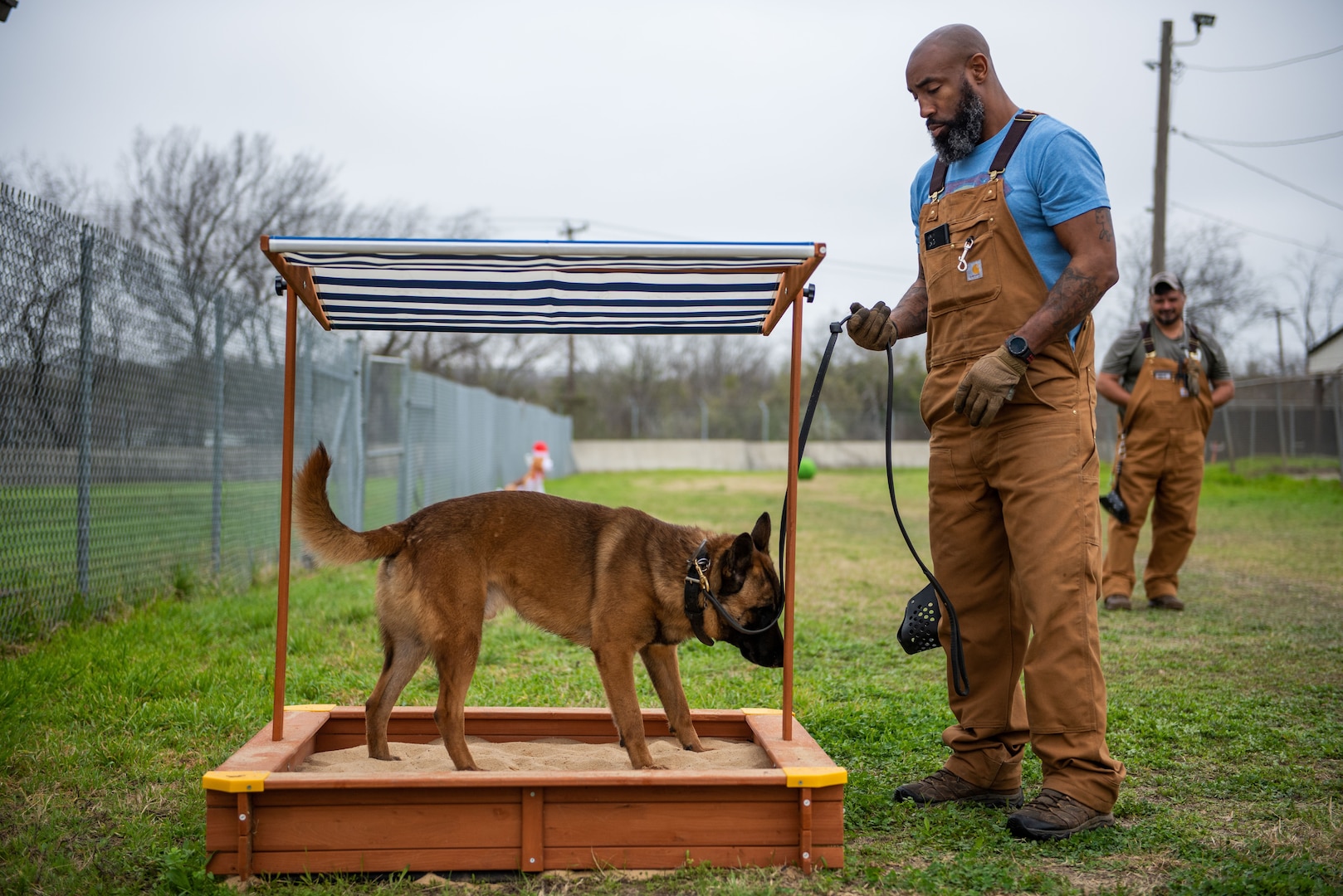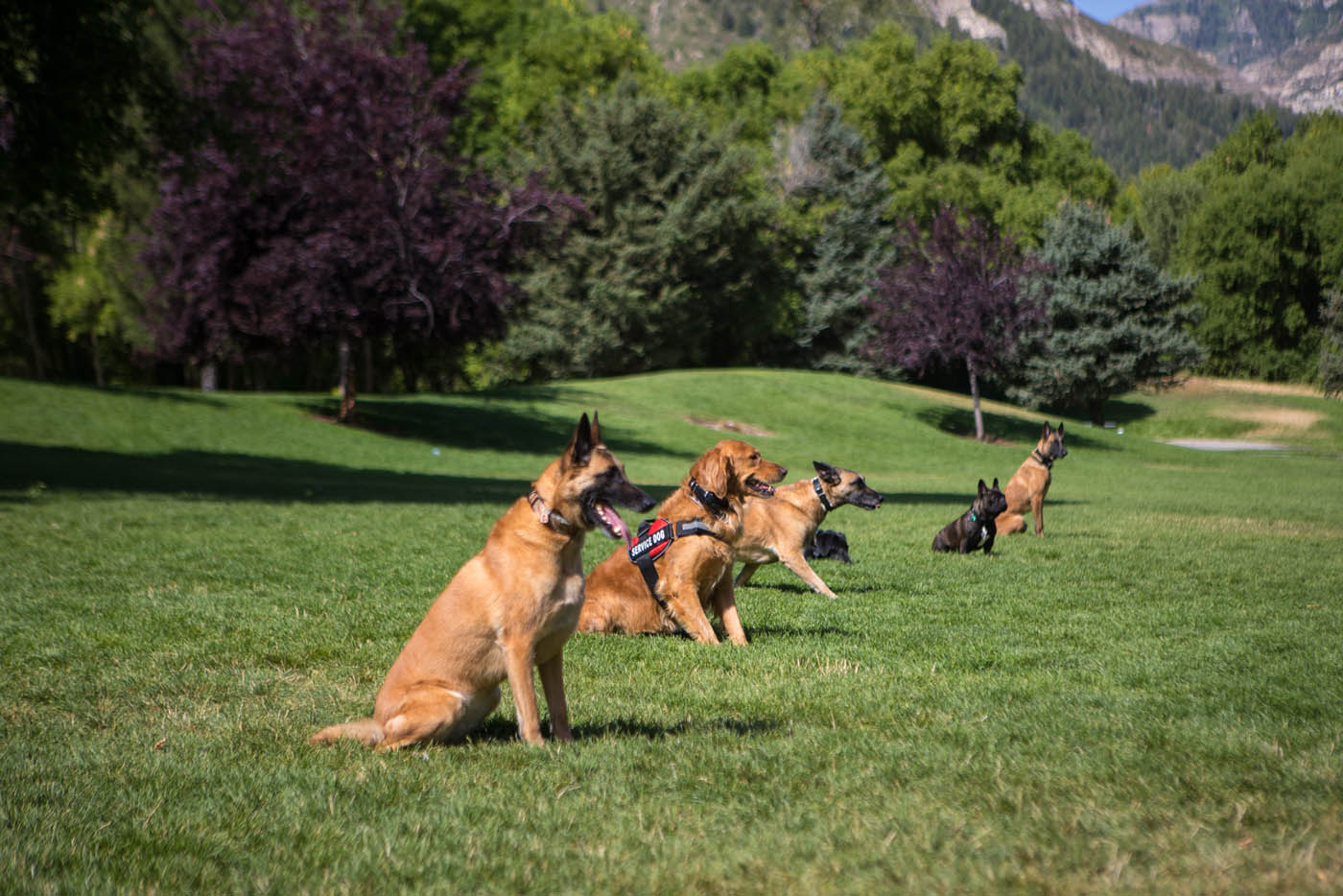How Dog Training Builds Trust and Confidence in Your Dog
How Dog Training Builds Trust and Confidence in Your Dog
Blog Article
Novice's Guide to Effective Canine Training at Home
Successfully training a pet dog at home needs a nuanced understanding of canine actions and efficient communication strategies. Establishing clear training objectives, using premium rewards, and keeping consistency throughout family participants are vital aspects. Furthermore, incorporating training into day-to-day routines can boost both interaction and retention. Nevertheless, many newbie fitness instructors run into obstacles that might prevent development. To browse these complexities successfully, it's necessary to discover several vital aspects that can transform your strategy and result in an unified partnership with your pet. What essential concepts should every beginner grasp to make sure success?
Comprehending Canine Behavior
Understanding pet actions is vital for efficient training and fostering an unified connection between human beings and their canine companions. Dogs connect mostly through body language, vocalizations, and facial expressions, making it important for owners to interpret these signals properly. Identifying habits such as tail wagging, growling, or cring can supply insights right into a pet dog's emotional state and intentions.

Typical behavioral issues, such as aggressiveness, stress and anxiety, or extreme barking, typically come from misunderstandings or unmet needs. Observing and dealing with these concerns without delay can prevent acceleration and make certain a positive training experience. By promoting a deep understanding of pet dog actions, proprietors can tailor their training methods to fit their canine buddies, inevitably bring about a well-behaved and satisfied family pet.
Essential Training Tools
A well-equipped training area can substantially boost the performance of pet training in the house. Essential training devices ensure that both the fitness instructor and the canine can participate in productive sessions that foster learning and bonding.

Spending in a strong leash and a comfy, well-fitting collar or harness is important for safety and security and control. These tools help establish boundaries and make certain the dog continues to be protected throughout training. Furthermore, a marked training area, free from distractions, help concentration for both the pet dog and the trainer.
Educating help such as training pads, cones, or agility tools can also boost the experience by introducing selection and challenges. Finally, having a note pad or digital application for tracking progress can be very useful, allowing you to keep in mind successes and locations for improvement. Utilizing these necessary tools will produce a favorable training setting and lay the foundation for efficient discovering.
Creating a Training Routine
Developing a regular training regimen is important for efficient pet training in your home. A well-structured regular not just helps in enhancing wanted habits however additionally provides your pet with a sense of safety and security and predictability. To develop a reliable training regular, start by recognizing specific training goals, such as basic commands, leash walking, or house-breaking.
Select an assigned time every day for training sessions, preferably when your pet dog is sharp and responsive. Sessions ought to be short, roughly 5 to 15 minutes, to maintain emphasis and protect against exhaustion. Uniformity in timing and setting will certainly improve your pet dog's discovering experience.
Integrate training into daily activities to reinforce abilities. Technique commands throughout walks or mealtime, which incorporates finding out into natural regimens. In addition, stay flexible and readjust the regular as required, accommodating your pet's power levels and state of mind.
Favorable Reinforcement Strategies
Favorable support techniques are basic to effective dog training, advertising preferred behaviors via benefits instead of penalty. This approach makes use of favorable stimuli, such as deals with, praise, or playtime, to motivate canines to duplicate certain actions. The keystone of this method is timing; incentives ought to be given immediately complying with the desired habits to create a clear organization.
When implementing favorable reinforcement, it is important to select incentives that are motivating for your pet. High-value treats, such as little items of chicken or cheese, can be specifically effective throughout training sessions. In addition, varying the benefits can keep your canine's rate of interest and enthusiasm.
Start with straightforward commands, like "sit" or "stay," and progressively progress to much more intricate tasks. Consistency is crucial; ensure that all family participants utilize the very same commands and reward systems to prevent complication.
Additionally, it is vital to stay person and stay clear of irritation. Dogs, like people, learn at their very own rate. By fostering a supportive training atmosphere via positive reinforcement, you can improve your pet's knowing experience while enhancing the bond in between you and your hairy companion, laying the groundwork for effective training end results.
Common Training Difficulties
While training a pet dog in the house can be a rewarding experience, it typically features a collection of usual obstacles that can test both patience and consistency. One common problem is diversion. go to this site Pets might come to be easily sidetracked by noises, movements, and even scents in their atmosphere, making it challenging to preserve their focus during training sessions.
Another challenge is disparity in commands and reinforcement. If member of the family use different signs you can find out more or incentives, it can perplex the pet and prevent development. Establishing a unified strategy is vital for reliable communication.
Additionally, pets can experience frustration or stress, specifically if they do not comprehend what is expected of them. This can lead to unwanted actions, such as barking or eating.
Finally, the timing of support is important (Dog training). Delayed rewards can lessen the efficiency of positive support, as canines might stop working to connect the actions with the benefit
Overcoming these obstacles calls for dedication, clear communication, and a structured training strategy. Acknowledging and these details dealing with these common barriers will certainly pave the means for an extra delightful and effective training experience at home.
Verdict
In final thought, effective pet training at home necessitates a detailed understanding of canine actions and effective communication methods. By developing clear training objectives and making use of high-quality treats alongside favorable support, the training procedure becomes much more satisfying for both the trainer and the dog.
Establishing a consistent training routine is vital for efficient canine training at home.Positive support strategies are basic to reliable pet training, advertising wanted actions via incentives instead than penalty (Dog training). By promoting a supportive training environment via positive reinforcement, you can enhance your dog's knowing experience while strengthening the bond in between you and your hairy buddy, laying the groundwork for effective training results
In conclusion, effective canine training at home necessitates a thorough understanding of canine habits and effective communication methods. By developing clear training objectives and utilizing high-grade deals with alongside favorable reinforcement, the training procedure ends up being more fulfilling for both the pet dog and the trainer.
Report this page